Istanbul: Where East Meets West - Navigating the Fusion of Cultures and Traditions
Istanbul, the vibrant metropolis straddling two continents, is a city unlike any other. With one foot in Europe and the other in Asia, Istanbul embodies a rich tapestry of cultures, where East seamlessly meets West. From its awe-inspiring architectural marvels to its bustling marketplaces and mouthwatering cuisine, Istanbul offers a captivating blend of Eastern and Western influences waiting to be explored.
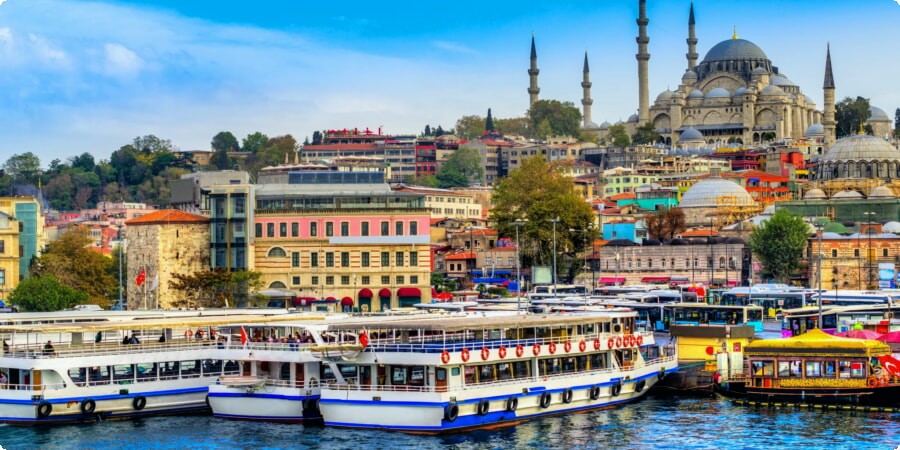
Historical Background: Convergence of Cultures
To understand Istanbul's cultural fusion, we must delve into its storied past. As the former capital of the Byzantine and Ottoman Empires, the city has been shaped by centuries of conquests and cultural exchanges. From the iconic Hagia Sophia, a masterpiece of Byzantine architecture, to the majestic Topkapi Palace, home to Ottoman sultans for centuries, Istanbul's landmarks stand as testaments to its diverse heritage.
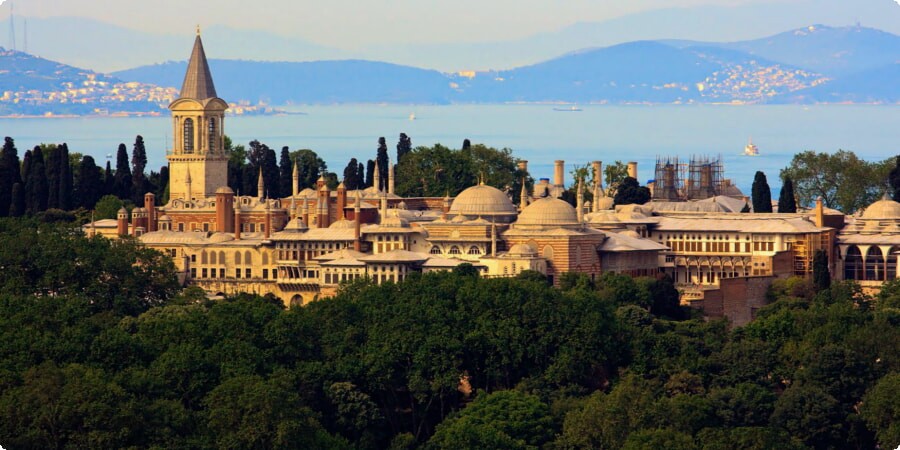
Istanbul's history is a tale of conquests, empires, and cultural exchanges that have shaped the city into the vibrant melting pot it is today. Once known as Byzantium and later Constantinople, the city served as the capital of the Byzantine Empire for over a millennium. Under Byzantine rule, Istanbul flourished as a center of art, culture, and trade, with magnificent structures like the Hagia Sophia and the Hippodrome showcasing the empire's wealth and power.
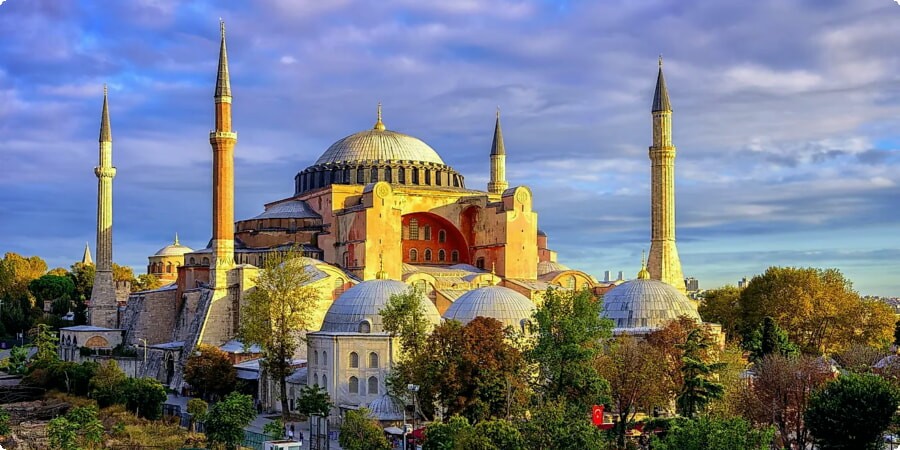
In 1453, Istanbul fell to the Ottomans under the command of Sultan Mehmed II, marking the end of the Byzantine Empire and the beginning of a new era for the city. Renamed Istanbul, it became the capital of the Ottoman Empire, a vast multicultural empire that stretched across three continents. The Ottomans brought their own rich cultural heritage to the city, blending it with the existing Byzantine traditions to create a unique fusion of East and West.
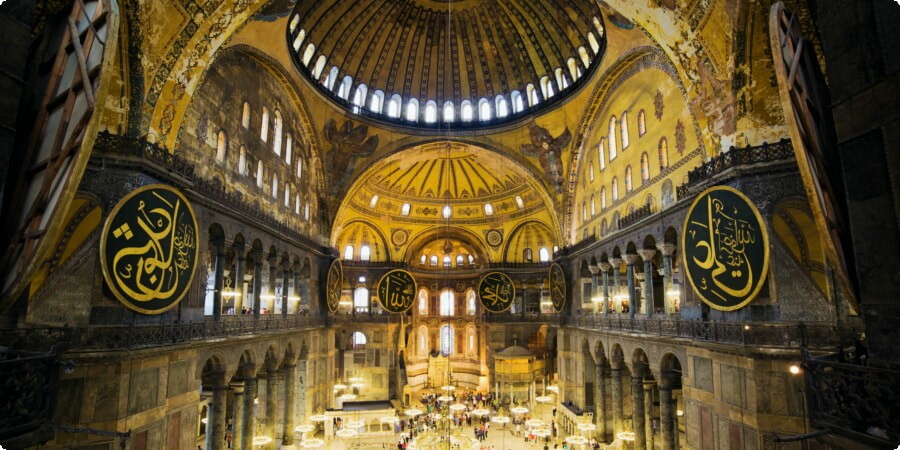
During its centuries-long reign, the Ottoman Empire reached its zenith, with Istanbul serving as its political, economic, and cultural center. The city's skyline was transformed with the construction of magnificent mosques, palaces, and bazaars, including the iconic Blue Mosque and the sprawling Topkapi Palace. Istanbul became known as the "Jewel of the East," attracting scholars, artists, and traders from across the known world.
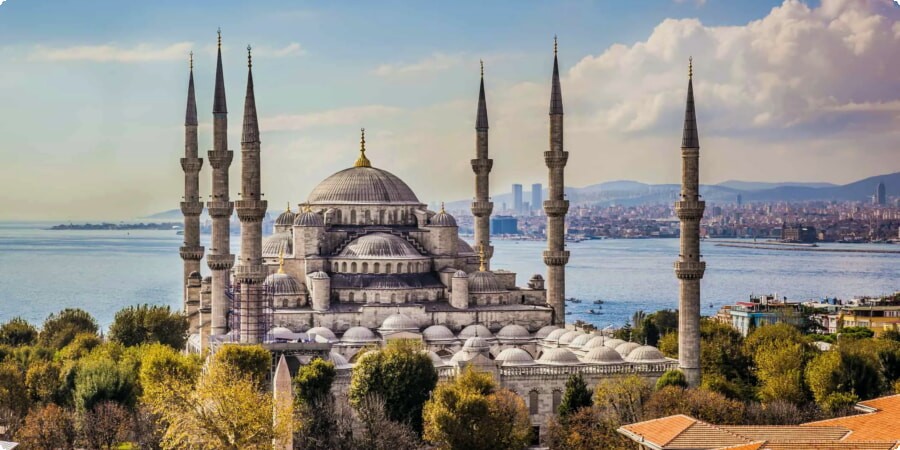
The fall of the Ottoman Empire in the aftermath of World War I brought significant changes to Istanbul and marked the beginning of the modern Turkish Republic. Under the leadership of Mustafa Kemal Atatürk, Istanbul was modernized and transformed into a cosmopolitan metropolis while preserving its rich cultural heritage. Today, the city stands as a testament to its complex past, where Byzantine, Ottoman, and modern Turkish influences converge to create a truly unique and dynamic cultural landscape.
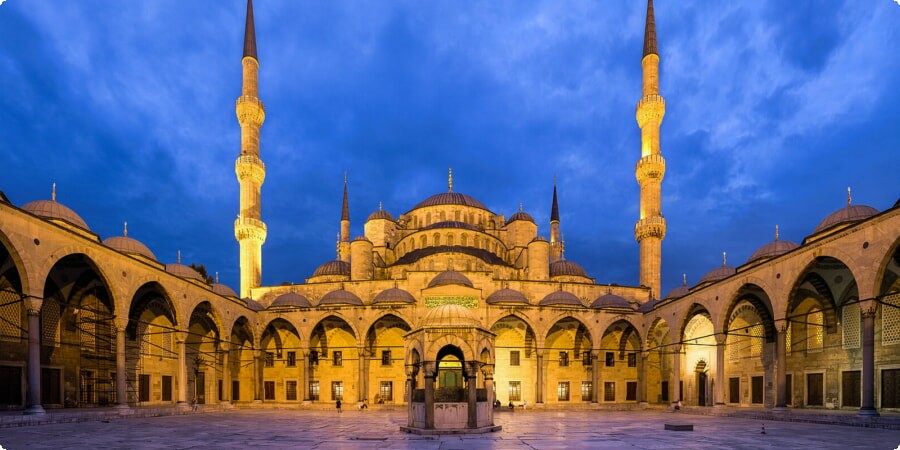
Architectural Marvels: Icons of Fusion
Istanbul's skyline is adorned with architectural marvels that reflect its unique blend of Eastern and Western influences. The Hagia Sophia, originally built as a Christian cathedral in the 6th century and later converted into a mosque, is a striking example of Byzantine and Islamic architecture. The Blue Mosque, with its intricate tilework and towering minarets, showcases the beauty of Ottoman design. And the Galata Tower, a medieval stone tower in the heart of the city, offers panoramic views of Istanbul's skyline, a reminder of its European roots.
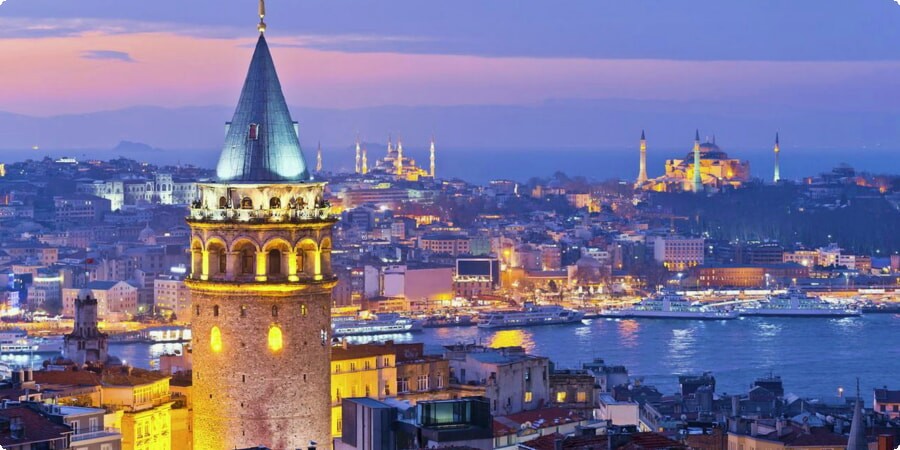
Cultural Traditions: Customs and Celebrations
Istanbul's cultural traditions are as diverse as its people. From the mesmerizing whirling dervishes of Sufi mysticism to the lively folk dances of Anatolia, the city's streets are alive with music, dance, and celebration. Religious festivals such as Ramadan and Eid are celebrated with fervor, while secular events like the Istanbul Biennial showcase the city's thriving contemporary art scene.
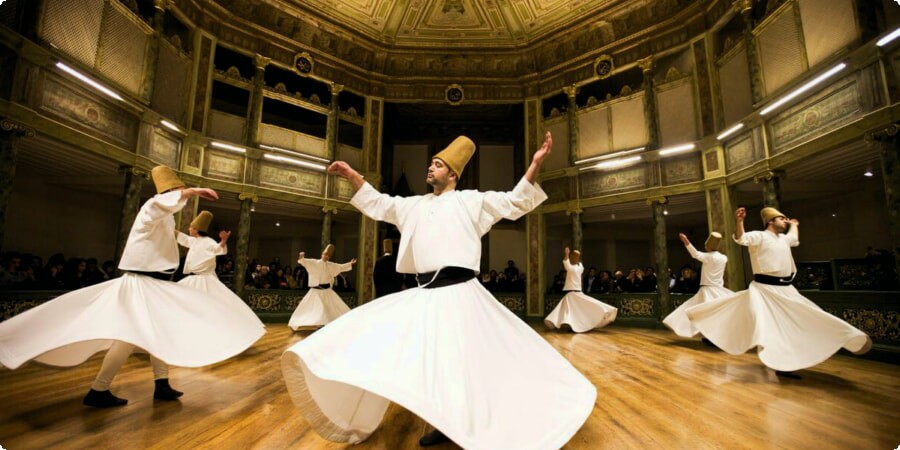
Culinary Delights: A Gastronomic Fusion
No visit to Istanbul is complete without indulging in its culinary delights. The city's cuisine is a fusion of flavors from the East and the West, with dishes ranging from savory kebabs and mezze platters to sweet treats like baklava and Turkish delight. Exploring Istanbul's food scene is a feast for the senses, with bustling markets like the Grand Bazaar and Spice Bazaar offering a tantalizing array of spices, fruits, and delicacies.
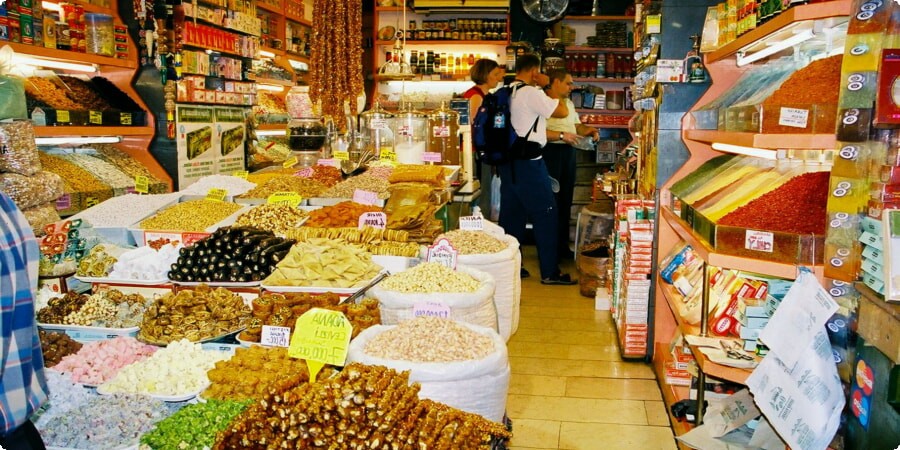
Marketplaces and Bazaars: Hubs of Trade and Culture
Istanbul's marketplaces and bazaars are vibrant hubs of trade and culture, where East meets West in a whirlwind of colors and aromas. The Grand Bazaar, one of the largest and oldest covered markets in the world, is a labyrinthine maze of shops selling everything from carpets and ceramics to jewelry and spices. The Spice Bazaar, with its fragrant spices and exotic teas, is a sensory delight not to be missed.
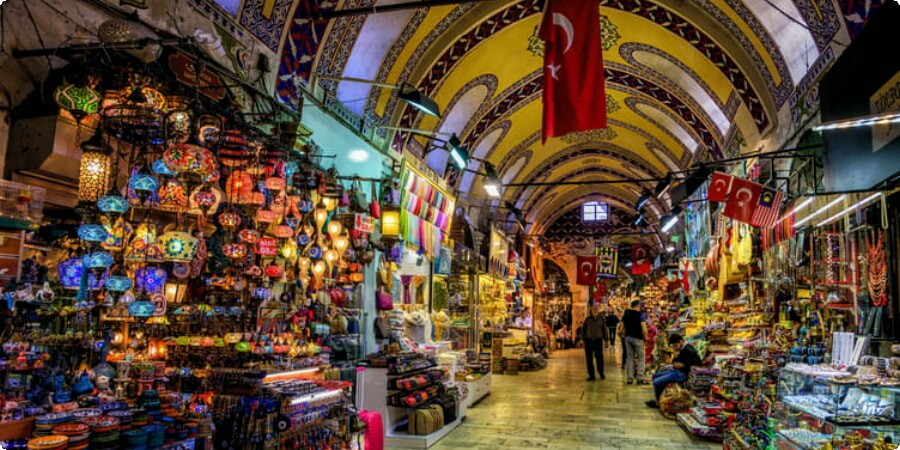
Contemporary Fusion: Modern Trends and Influences
While Istanbul is steeped in history, it is also a city embracing modernity and innovation. From cutting-edge art galleries and contemporary music venues to trendy neighborhoods like Beyoglu and Kadikoy, Istanbul's modern face is as dynamic as its ancient roots. The city's vibrant street art scene, fueled by local and international artists, adds a colorful dimension to its urban landscape.
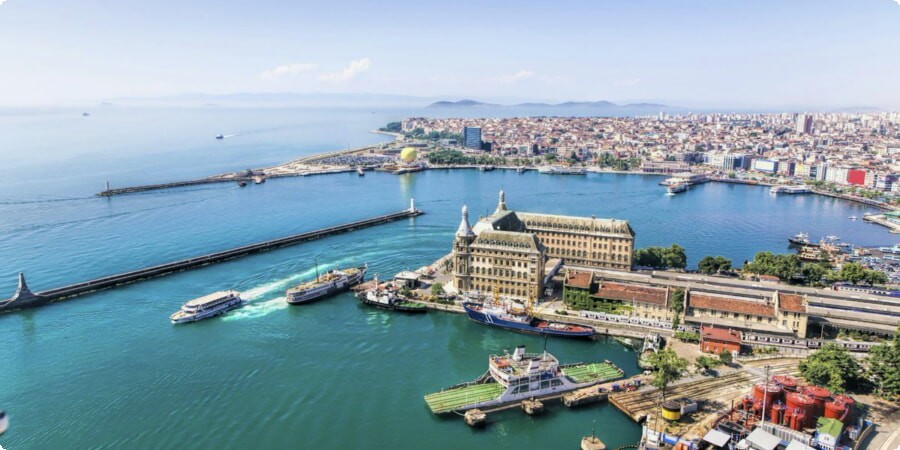
Navigating Istanbul: Tips for Exploring the Fusion
To truly experience Istanbul's fusion of cultures and traditions, it's essential to explore beyond the tourist hotspots. Take a leisurely stroll along the shores of the Bosphorus, where East meets West in a breathtaking natural setting. Join a guided tour to uncover hidden gems and lesser-known attractions, or embark on a culinary adventure to sample authentic Turkish cuisine at local eateries.
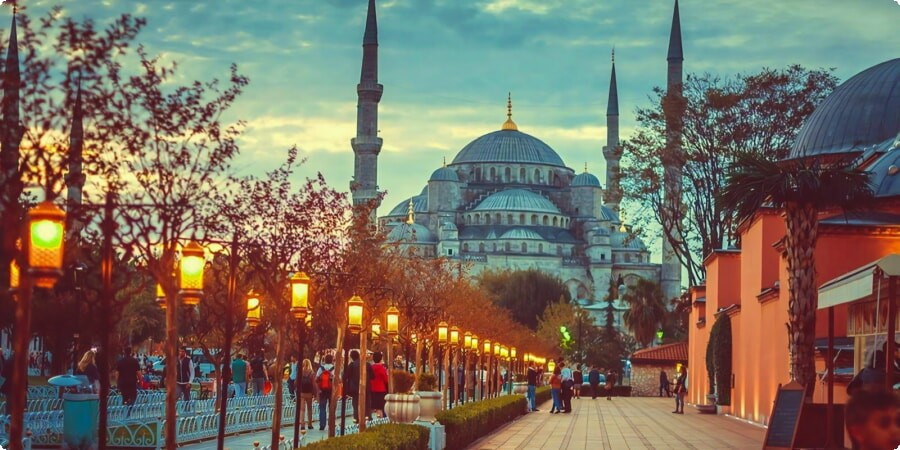
For guided excursions to discover Istanbul's hidden treasures and cultural highlights, consider booking through CityPlanet.
For convenient transportation options to explore Istanbul and its surroundings, including rental cars for any budget, visit Bookingauto.
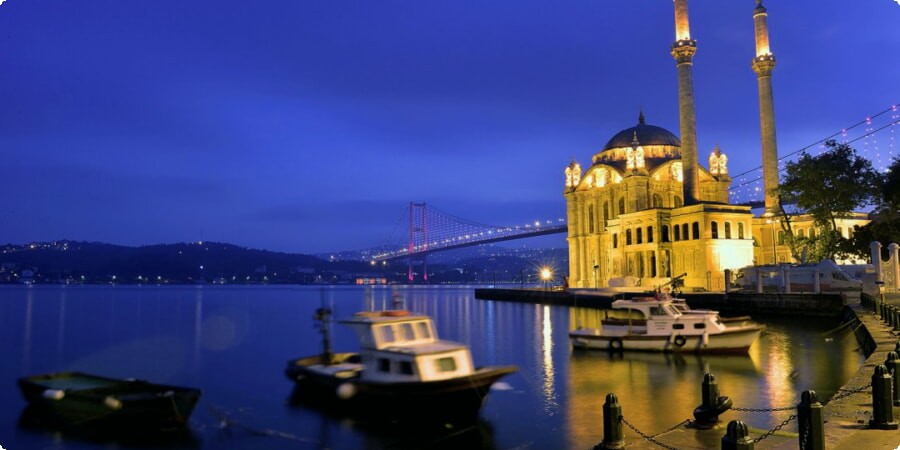
Immerse yourself in Istanbul's vibrant street life, where the echoes of the past mingle with the rhythms of the present, and discover why this city truly is where East meets West in a harmonious fusion of cultures and traditions.